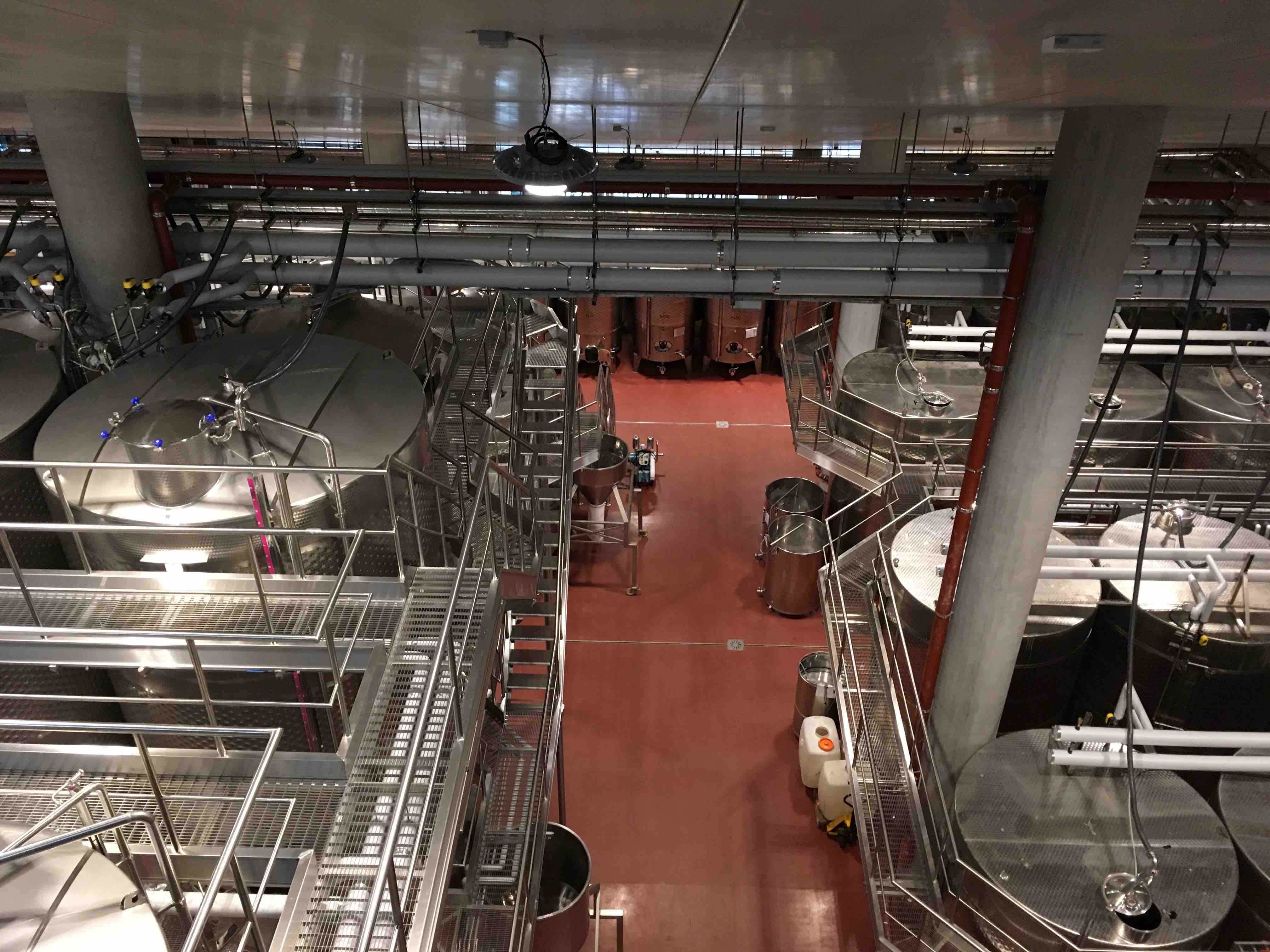
So far I have not managed to go to the Cinque Terre to experience the region’s famous, often dizzying, wine terraces, created on the steep coast with high dry stone walls. This is mainly because the 12 km long coastal strip of the Ligurian Riviera north of La Spezia is almost chronically overcrowded. The fact that the Cinque Terre is a World Heritage Site and is a national park in its entirety does not make it any easier to find a date when accommodation and restaurants and, above all, wineries are easily accessible.
 The Friulian DOC Colli orientale, like the DOC Collio, only came into focus in the 1970s, when both entered the wine market with large quantities of cool-fermented, fresh, fruity and aromatic white wines. This was mainly because the wines were made from internationally known varieties, especially Pinot Grigio, Chardonnay and Sauvignon Blanc. In the 1980s, international red wine varieties such as Merlot, Cabernet Sauvignon, Cabernet Franc and Pinot Noir were increasingly planted in order to better position themselves internationally in the red wine sector.
The Friulian DOC Colli orientale, like the DOC Collio, only came into focus in the 1970s, when both entered the wine market with large quantities of cool-fermented, fresh, fruity and aromatic white wines. This was mainly because the wines were made from internationally known varieties, especially Pinot Grigio, Chardonnay and Sauvignon Blanc. In the 1980s, international red wine varieties such as Merlot, Cabernet Sauvignon, Cabernet Franc and Pinot Noir were increasingly planted in order to better position themselves internationally in the red wine sector.






 Moscato Rosa del Trentino – called in South Tyrol Rosenmuskateller – a grape variety that is found almost exclusively in northern Italy and especially in South Tyrol, does not come from Sicily, as often claimed in Italy, but most likely from Dalmatia. In this respect, the synonym of the variety Moscato Rosa del Trentino is a bit misleading, as far more than 85% of the approximately 100 hectares of the Italian Rosenmuskateller vineyards are in South Tyrol. Outside Italy you …
Moscato Rosa del Trentino – called in South Tyrol Rosenmuskateller – a grape variety that is found almost exclusively in northern Italy and especially in South Tyrol, does not come from Sicily, as often claimed in Italy, but most likely from Dalmatia. In this respect, the synonym of the variety Moscato Rosa del Trentino is a bit misleading, as far more than 85% of the approximately 100 hectares of the Italian Rosenmuskateller vineyards are in South Tyrol. Outside Italy you …